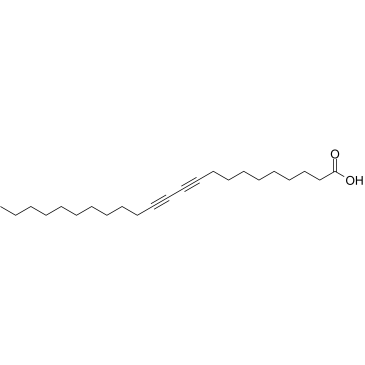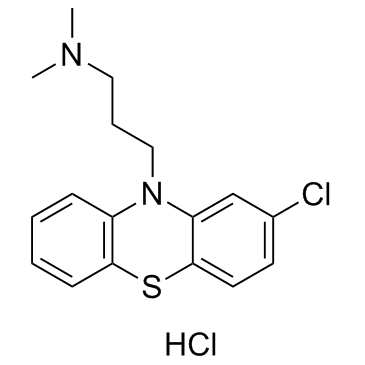| 结构式 | 名称/CAS号 | 全部文献 |
|---|---|---|
 |
甘油
CAS:56-81-5 |
|
 |
二甲基亚砜
CAS:67-68-5 |
|
 |
10,12-二十三联炔酸
CAS:66990-30-5 |
|
 |
盐酸氯丙嗪
CAS:69-09-0 |
|
 |
3-(苄基二甲基铵基)丙烷基磺酸
CAS:81239-45-4 |
|
 |
1,2-二肉豆蔻酰-sn-甘油基-3-磷酸-rac-(1-甘油)钠盐
CAS:200880-40-6 |
|
 |
8-辛酰氧基芘-1,3,6-三磺酸三钠盐
CAS:115787-84-3 |